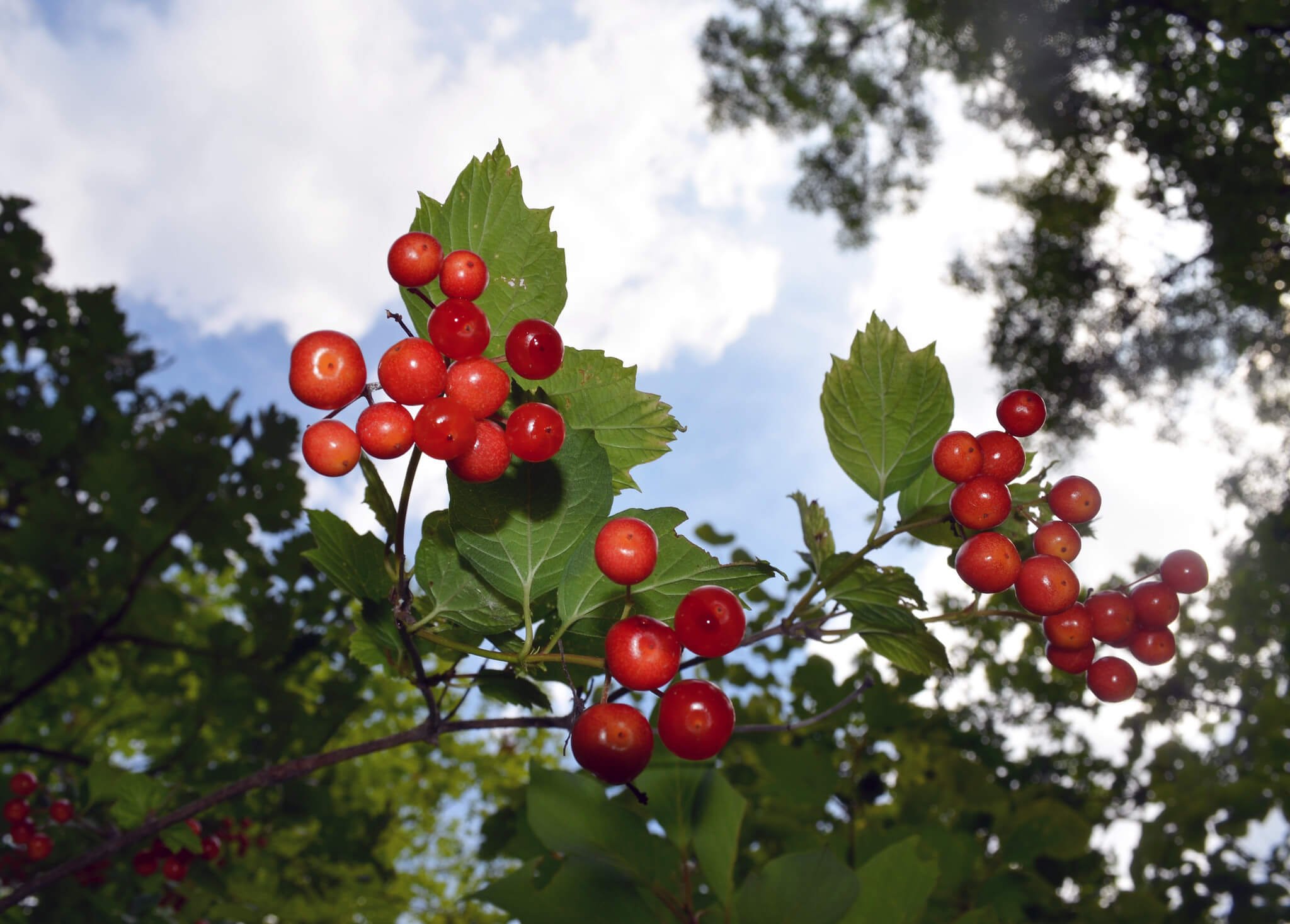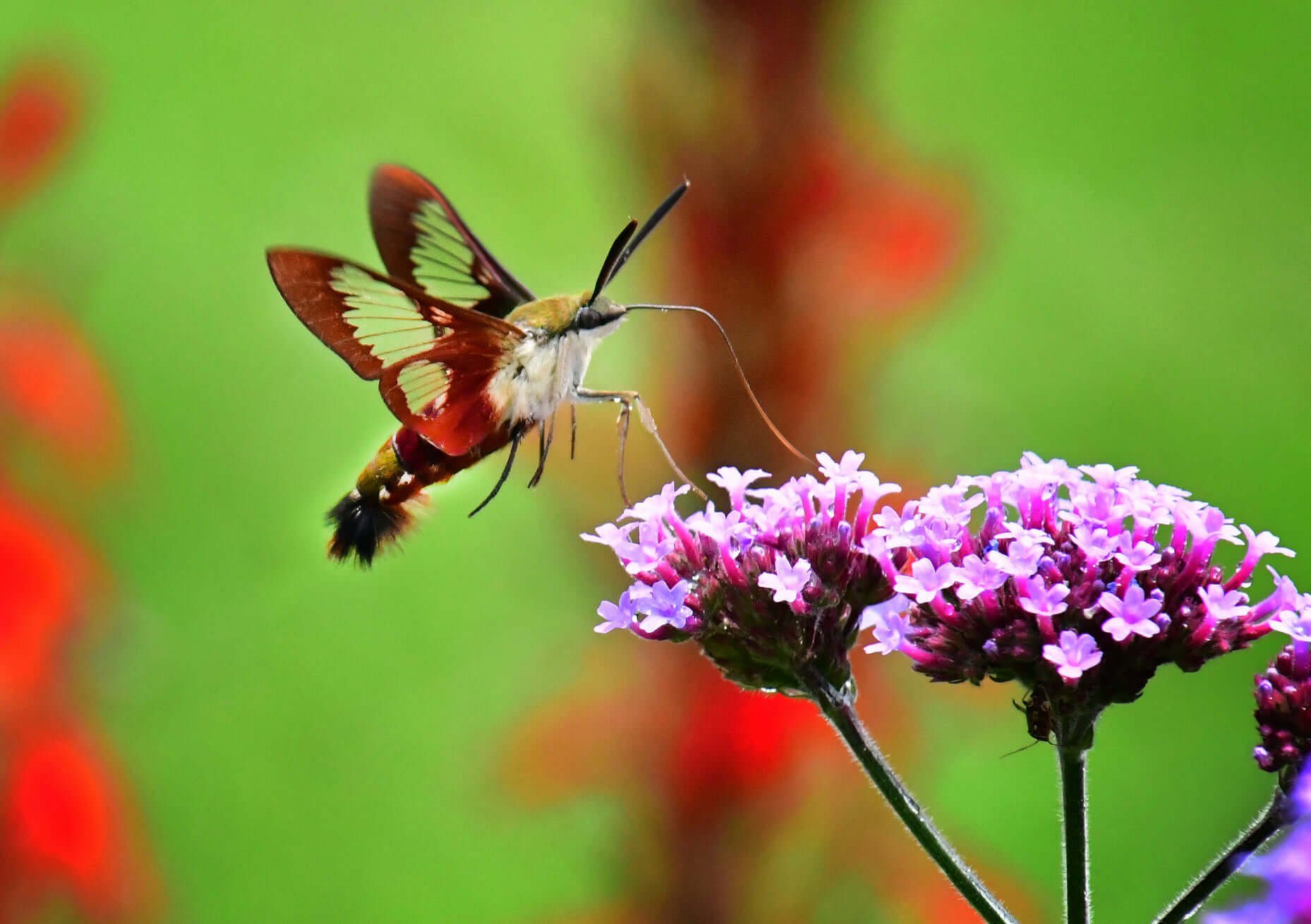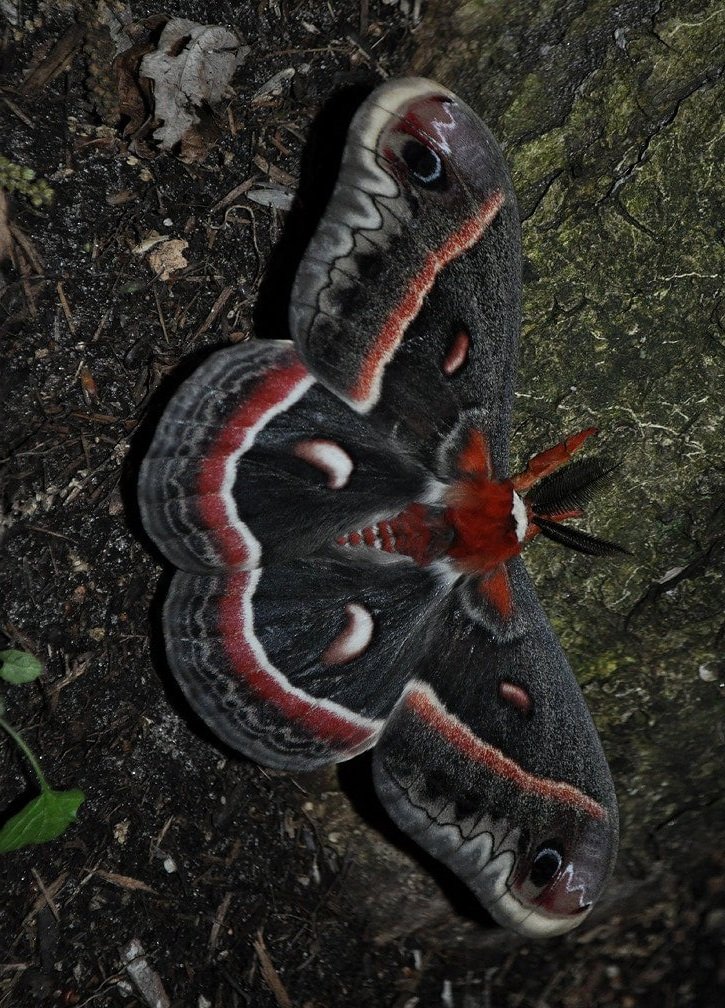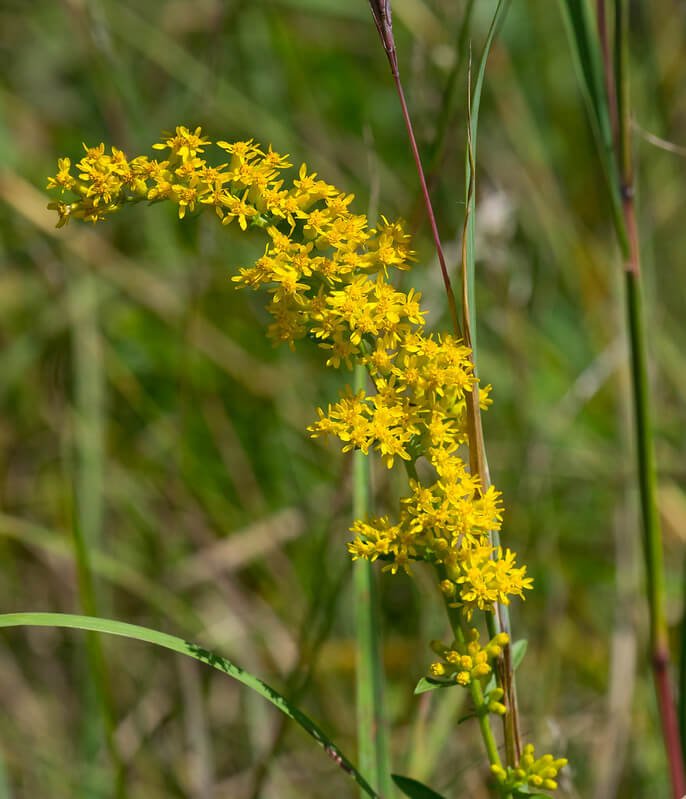 Image 1 of 3
Image 1 of 3

 Image 2 of 3
Image 2 of 3

 Image 3 of 3
Image 3 of 3




Highbush Cranberry (Viburnum trilobum)
The flowers of Highbush Cranberry (aka American Cranberry Bush) attract many small bees and it is the host plant to the Spring Azure, Hummingbird Clearwing, and 100 other species of butterflies and moths in our area (nwf.org) (illinoiswildflower.info). Late-season fruits are eaten by the Ruffed Grouse and other birds, especially in the winter when food sources are scarce (illinoisewildflower.info). It is an attractive three-season native plant with fruits that are edible but tastes best if made into a preserve or sauce.
Photo credit: USFWS Midwest Region (1), John Blair (2-3)
The flowers of Highbush Cranberry (aka American Cranberry Bush) attract many small bees and it is the host plant to the Spring Azure, Hummingbird Clearwing, and 100 other species of butterflies and moths in our area (nwf.org) (illinoiswildflower.info). Late-season fruits are eaten by the Ruffed Grouse and other birds, especially in the winter when food sources are scarce (illinoisewildflower.info). It is an attractive three-season native plant with fruits that are edible but tastes best if made into a preserve or sauce.
Photo credit: USFWS Midwest Region (1), John Blair (2-3)
The flowers of Highbush Cranberry (aka American Cranberry Bush) attract many small bees and it is the host plant to the Spring Azure, Hummingbird Clearwing, and 100 other species of butterflies and moths in our area (nwf.org) (illinoiswildflower.info). Late-season fruits are eaten by the Ruffed Grouse and other birds, especially in the winter when food sources are scarce (illinoisewildflower.info). It is an attractive three-season native plant with fruits that are edible but tastes best if made into a preserve or sauce.
Photo credit: USFWS Midwest Region (1), John Blair (2-3)
Life Cycle: Perennial
Sun Exposure: Full, Partial
Soil Moisture: Wet, Medium-wet, Medium
Height: Up to 12 feet
Plant Spacing: 8-10 feet
Bloom Time: May-June
Bloom Color: White
Advantages: Caterpillar Favorite, Bird Favorite, Deer resistant, Great Landscape Plant
Host Plant: Spring Azure, Hummingbird Clearwing, Cecropia, and 99 other species of butterflies and moths use this as a caterpillar host plant in our area (nwf.org)





